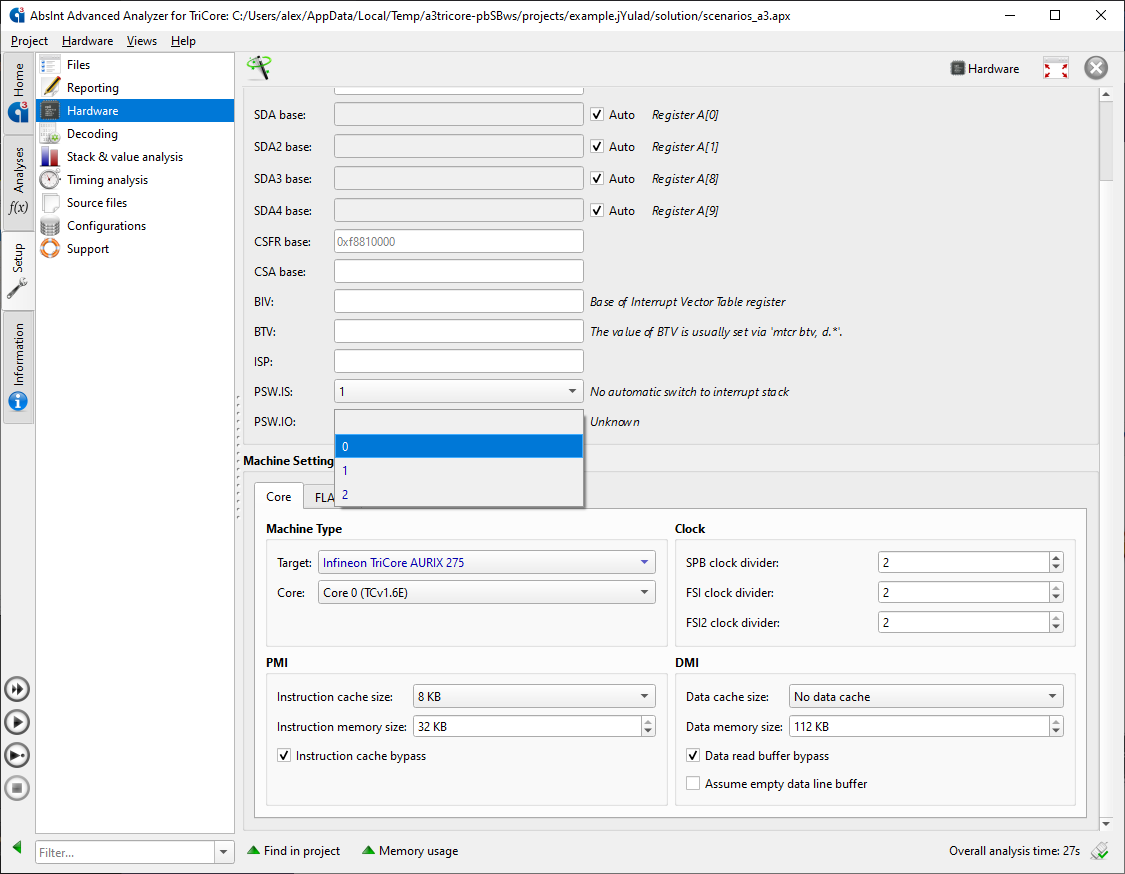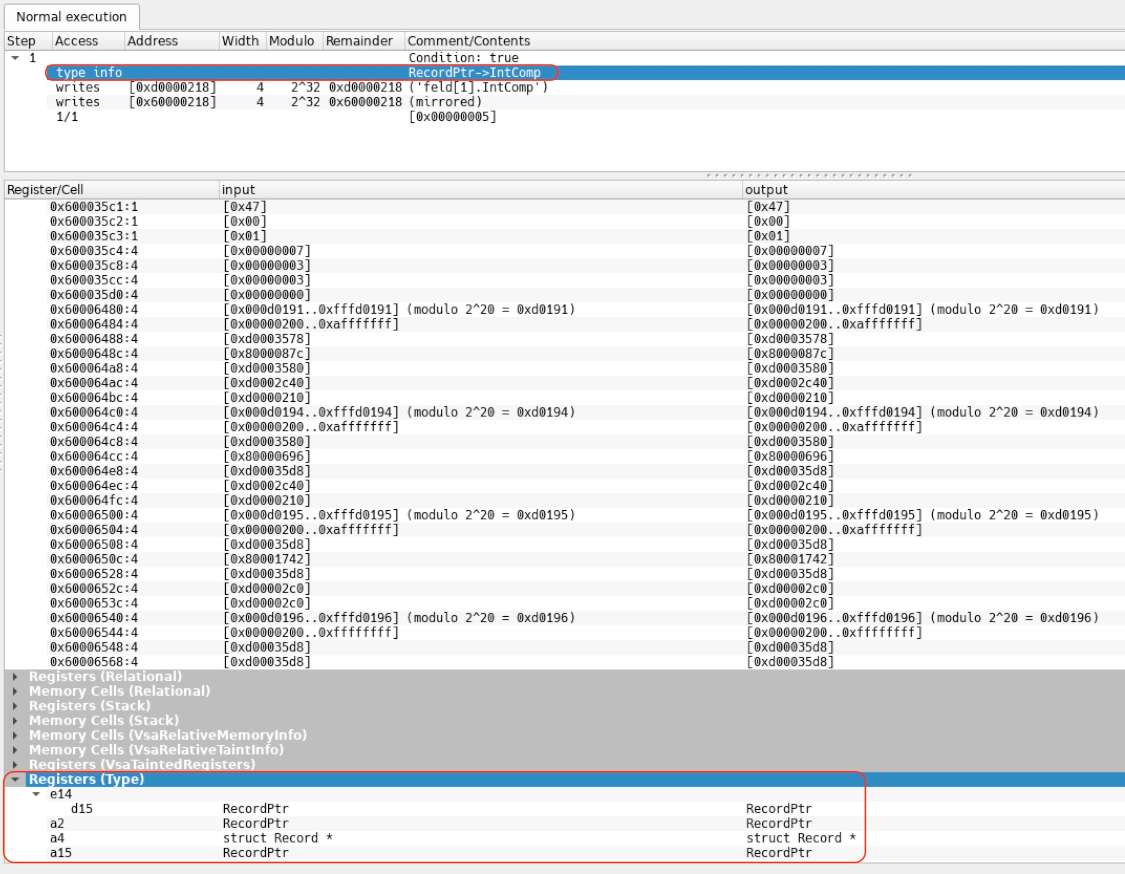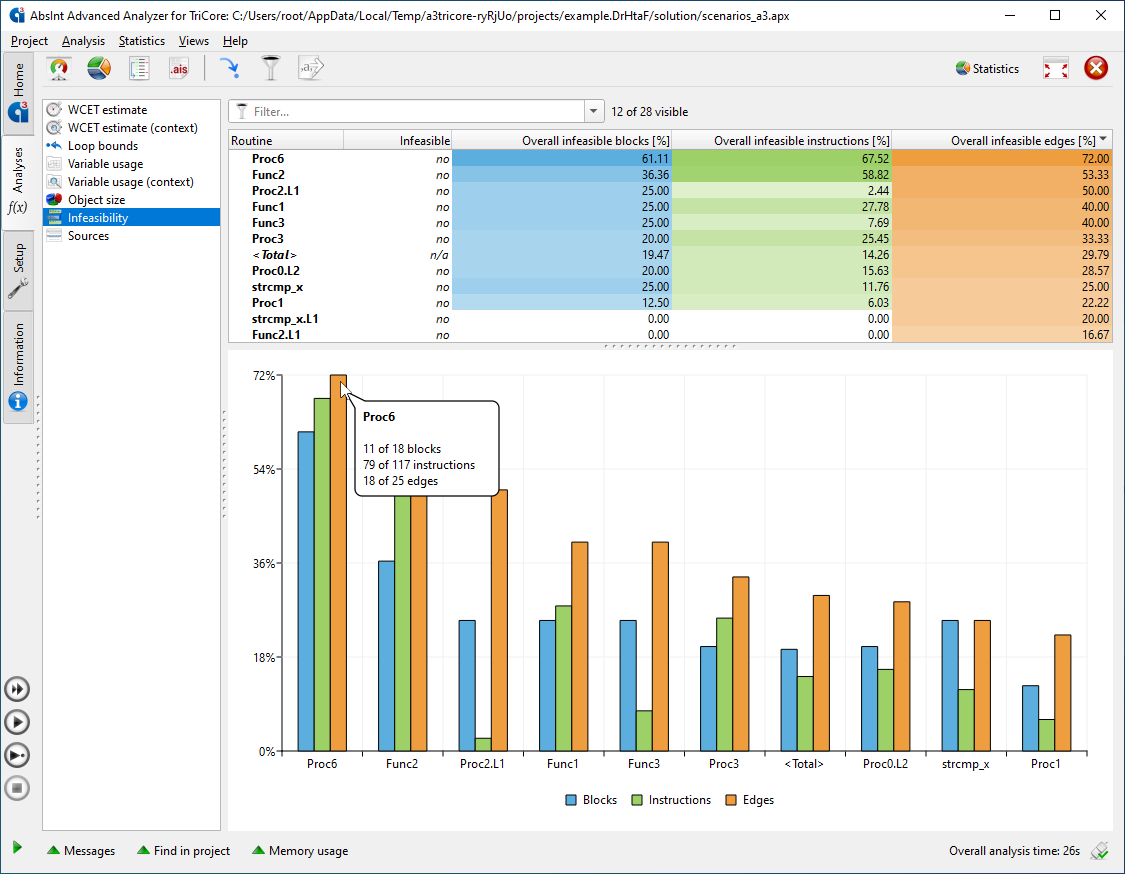New target

StackAnalyzer, TimingProfiler, and ValueAnalyzer are now available for MIPS32.
Windows support
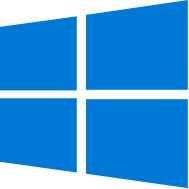
- From this release on, a³ requires at least Windows 10.
- Binaries larger than 2 GB are now supported under Windows.
General improvements

- Improved handling of XTC with multiple CPU elements.
- Added support for TargetLink 5.0 and 5.1.
Qualification Support Kits

- New compiler-specific QSKs:
- aiT for TriCore with Tasking VX 6.2r2p3
- aiT for TriCore with Tasking VX 6.3r1p2
- StackAnalyzer for TriCore with Tasking VX 6.3r1p2
- New test cases:
qk_ais2_program_point_offset_assembly all architectures qk_ais2_instruction_scope_nesting all architectures qk_setting_size_limit_register_relative_info ARM, e200, e300, LEON3, M68020,
MPC5xx, MPC755, PPC750, PPC,
TriCore, V850, x86 - The following test cases have been reworked
to cover multiple different offset indices,
including the wildcard index:
- qk_ais2_program_point_offset_access
- qk_ais2_program_point_offset_branch_pp
- qk_ais2_program_point_offset_call
- qk_ais2_program_point_offset_computed
- qk_ais2_program_point_offset_conditional
- To consistently check for “exit with” in all annotation scopes
that are now supported, the following test cases have been replaced:
- qk_ais2_register_values
- qk_ais2_memory_values
- qk_ais2_user_register_values
- qk_ais2_destroy_values
- qk_ais2_enter_with
- qk_ais2_exit_with
- qk_ais2_destroy
- The test case
qk_setting_additional_executableshas been updated to check for real executable overlay.
GUI

- The Disassembly view now also shows assembly labels.
- In context-sensitive statistics views, you can now select the active context used for the interactive value analysis results.
- The option value for “Target” is now exported to AIS
as predefined attribute
target_type. - Improved GUI performance for projects with many analysis items.
Visualization and results
- All percentages in statistics views are now rounded to two decimal places.
- Improved visualization of C++ template functions in graphs.
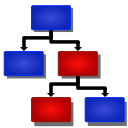
- In the Graph view, when switching to “exclusive” and back, the selected node will stay selected and centered.
- The analysis results are now written to the XML results file incrementally, upon completion of each analysis.
Information views
- Improved call annotations generated by Symbols view.
- Improved tooltips for Statistics views.
- The WCET-per-context view now allows sorting by routine name from the context menu of the corresponding column.
TriCore
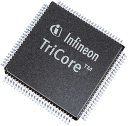
- The value of
PSW.IOat the analysis begin can now be specified in the GUI. - When “Generic TriCore v1.6.x” is selected
with no specific core specified under hardware options,
the analysis now automatically assumes the value of the register
CORE_IDto be[0,1,2,3,4,6].
Annotations

- Improved handling of:
- user-specified labels
- complex area specifications and the match functor in particular
- “target not analyzed” annotations for code-duplicated call sites
- Improved order in which annotations are resolved.
- Improved AIS2 attribute redefinition checks.
- The symbol suffix
@staticis no longer silently discarded when resolving symbolic program points. Annotations that still use this kind of symbol format need to be adjusted. That is,routine "main@static" { ... }should now be written as:routine "main" { ... } - Now supporting annotations of the form
routine <pp1> calls to <pp2> exit with: ...;
- Now allowing symbolic expressions to be used
wherever symbol constants are expected. Examples:
routine if(analysisType() == "stack_analysis", "handle1", "handle2") infeasible;
loop "main.L1" bound: 0 .. switch(attribute("analysis_configuration"): "Core0" => 15, "Core1" => 10, ..., default => 0); - Improved partial evaluation of sets of values
to delay computation to value analysis phase, e.g.
by using reg-functor or other kinds of expressions
that depend on analysis context. Example:
routine <pp> enter with: user("data") = [ mem(reg("r0") + (4 * var("i")), 4) for "i" : 0 to 3 ]; - Extended consistency checks for “area contains data” annotations.
- New annotation markers for “area contains data” annotations pointing to computed control flow instructions whose targets have been resolved with the annotated memory contents and to load/store instructions that access the annotated memory region.
- Introducing wildcard offset for program-point offset specifications,
allowing all instructions of a specific type to be annotated at once:
instruction "handleUpdate" -> computed(*) { calls: *("handleMsg"[]); } - Now supporting nested instruction scopes
to avoid repetitions of program-point specifications. For example,
instruction "main" -> return(1) { ... } instruction "main" -> return(1) -> -1 instruction { ... }can now be combined into:instruction "main" -> return(1) { ... instruction -> -1 instruction { ... } } - Introducing the new program-point specifications
-> assembly("name", <offset>)
-> assembly(match("name_regex"), <offset>). - New AIS2 functor
number_of_elementsthat provides information about the number of elements of a set or interval.
Decoding
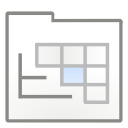
- Binaries larger than 2 GB are now supported under Windows.
- Improved handling of “area copy” when copying parts of sections.
- The decoder now emits a warning if a control flow transition points to a global variable.
Value analysis
- Improved handling of sub-registers.
- Improved handling of register modifications that target only sub-registers.
- The interactive value analysis now shows the types of values stored in registers and memory cells based on the type information obtained from DWARF debug info.
Control-flow, stack, and value analysis
- ARM:

- Improved automatic resolution of computed control-flow transitions.
- The decoder now properly applies the ARM EABI mapping symbols to automatically detect the used instruction set (ARM or THUMB).
- Improved handling of “
area contains data” and “enter/exit with” annotations when providing function pointers viaaddress("<symbol>"). - Improved decoding of the MSR instruction.
For example, “msr control_0b1000, r4” is now decoded as “msr control, r4”.
- C28: Improved stack frame creation handling.
- SPARC: Improved automatic switch table decoding.
- TriCore:
- Improved precision for interleaved step-wise division operations.
- Improved handling of automatic stack annotations for complex control-flow modifications.
- Improved switch table decoding for GCC.
- Introducing the new program-point construct
interruptEntry(<pipn>)
to determine the address of an ISR. Here,<pipn>refers to the pending interrupt priority number of the associated ISR. - Improved handling of
trapvandtrapsv.
- x86:
- Improved automatic decoding of computed control-flow transitions (x86-64).
- Support for decoding 32-bit x86 code contained in 64-bit ELF binaries.
Cache and pipeline analysis
- Pipeline analysis now shows the total amount of configured cache-locked code and data.
- Improved resource accesses pipeline analysis mode.
- ARM Cortex-R5F:
- Support for misaligned memory accesses.
- Support for 64-bit writes to EMIF.
- Improved handling of return stack for speculative execution.
- ColdFire: Improved MC5307 pipeline model.
- e200: Improved handling of cache locked memory regions.
TimeWeaver
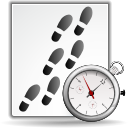
- Added support for ARM ULINK Pro traces.
- Improved import of Lauterbach FLOW export traces.
- Added support for Lauterbach Trace32 ASCII trace exports
with enabled
System.Option MMUSPACES ON.
For other traces where the address-space ID (i.e. the process ID) is encoded in the address, TimeWeaver now offers the following attribute to determine and mask out the process ID:attribute "trace_process_id_mask": <expr>;
For example, for an ARM Cortex-A53 with 64-bit addresses where the upper 16 bits store the process ID:attribute "trace_process_id_mask": 0xffff000000000000;
- Improved handling of conditional calls.
- Improved return from interrupt handling for ARM.
- Clarified error message in case of a conflict between analyzed and traced loop bounds.
